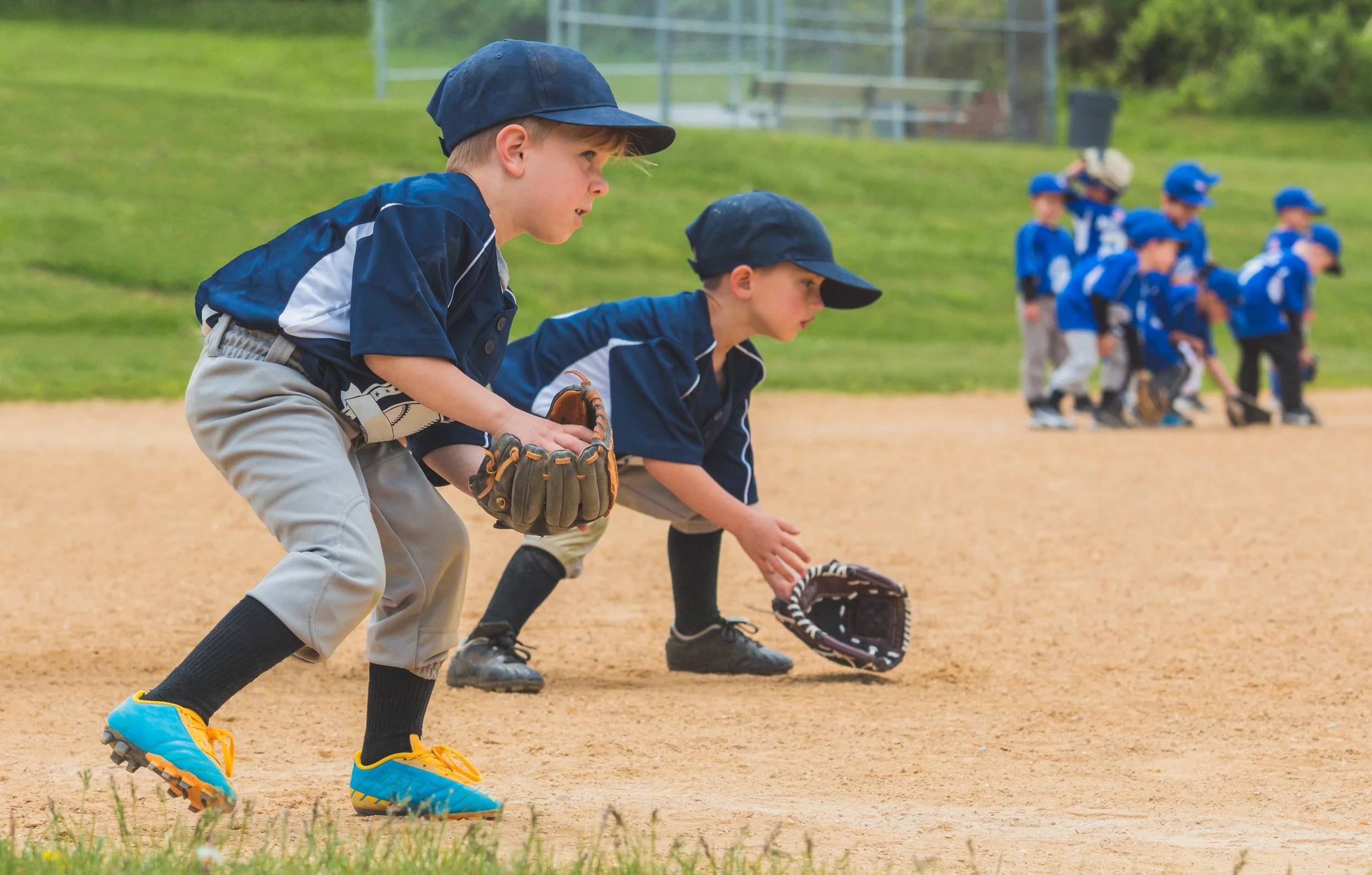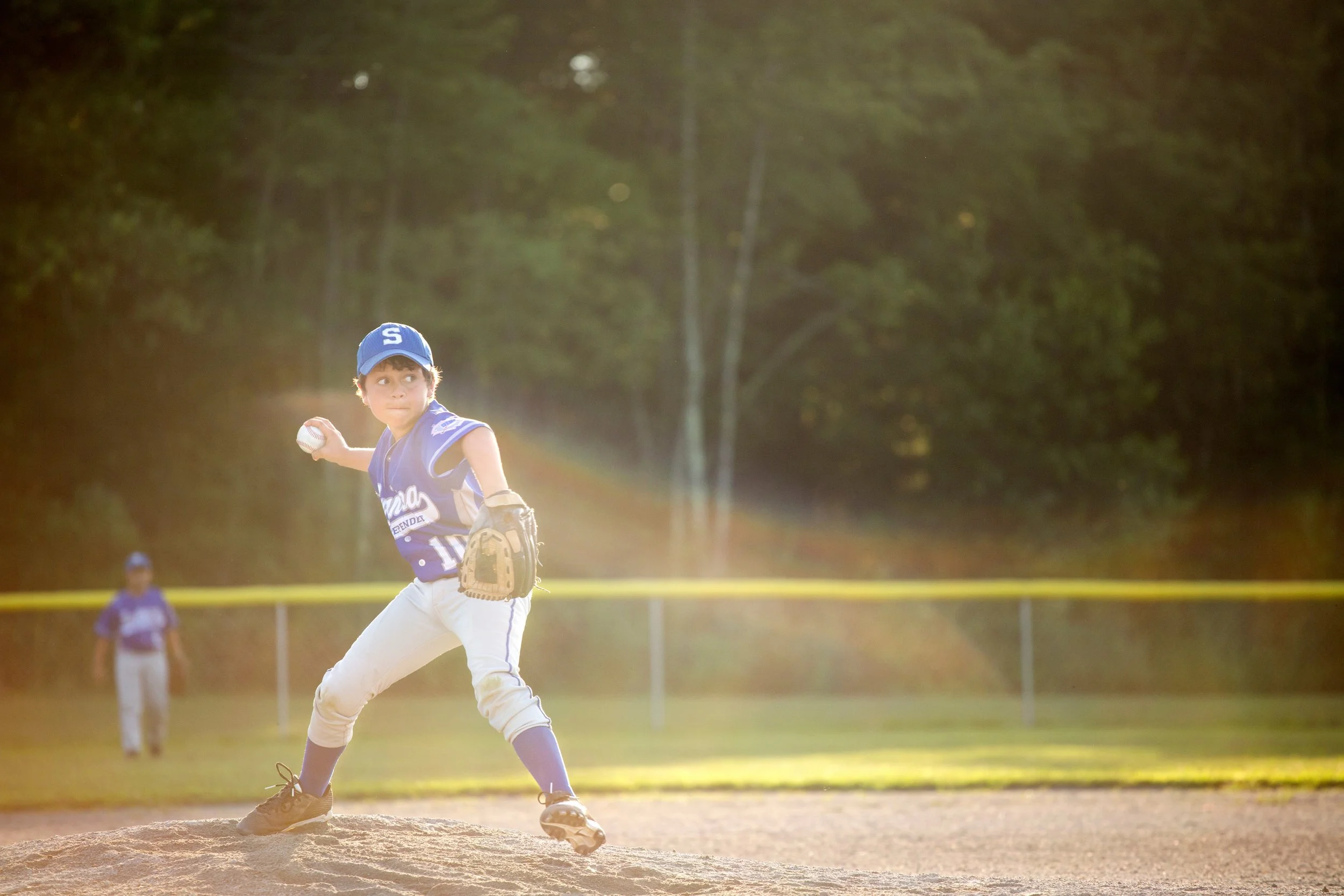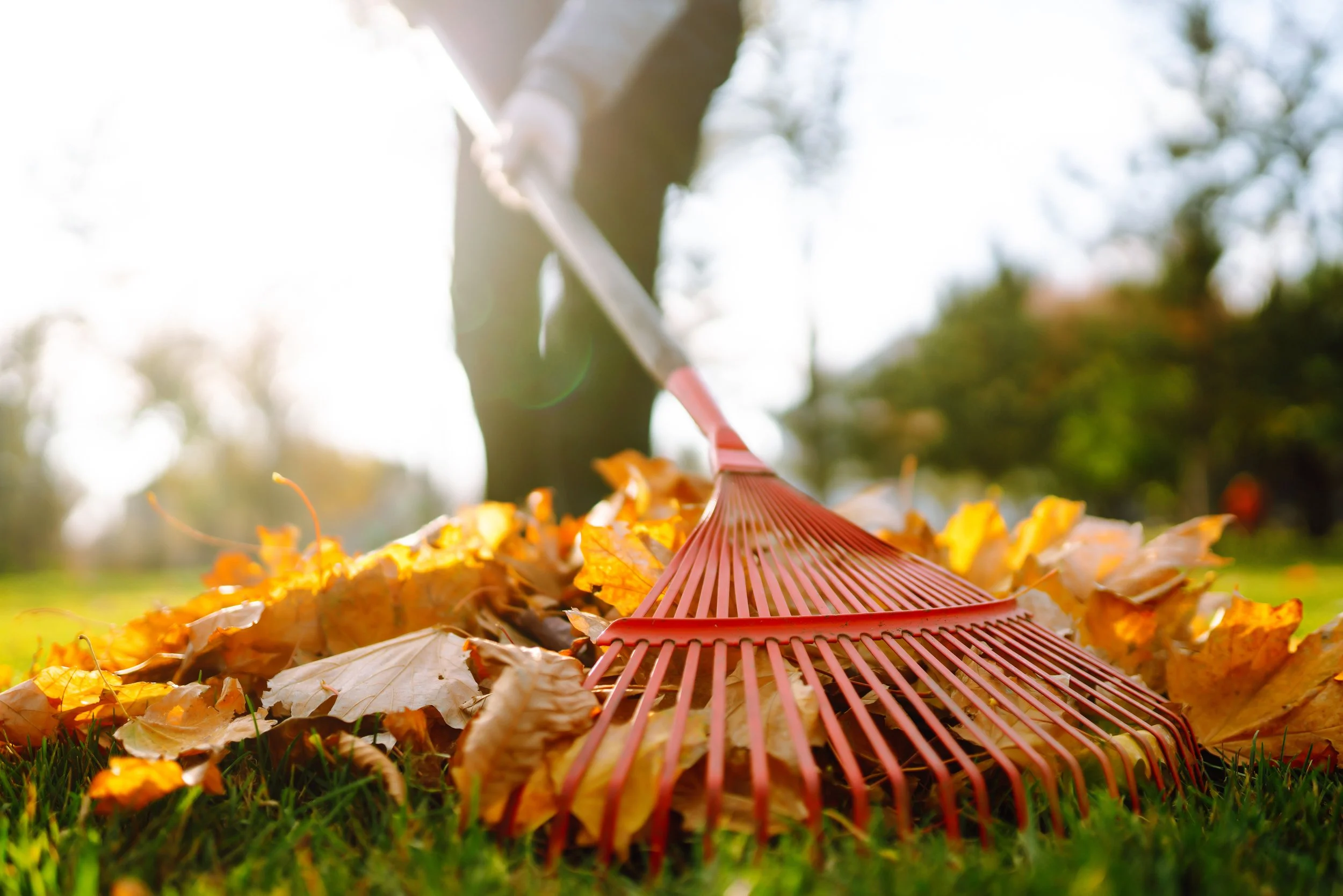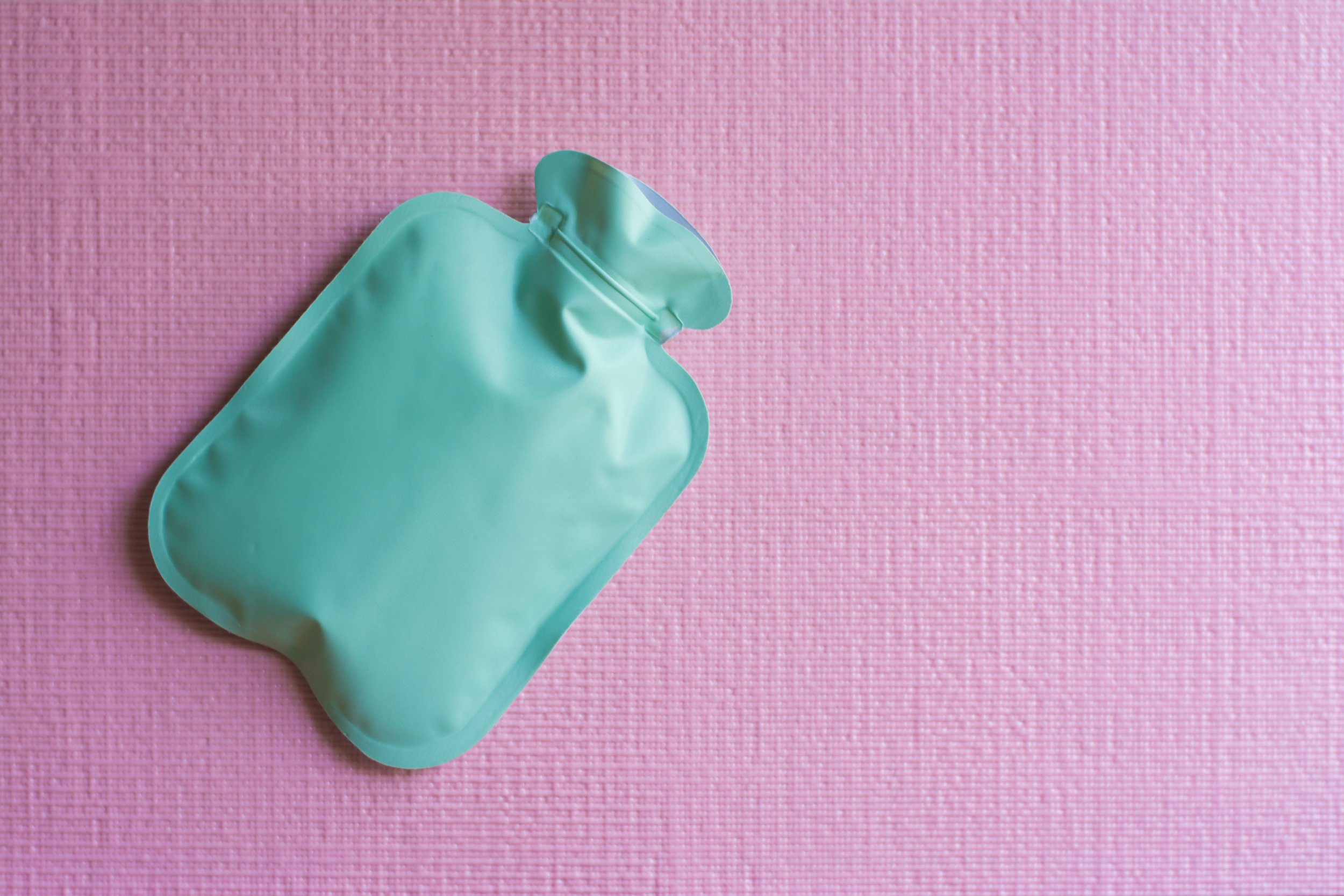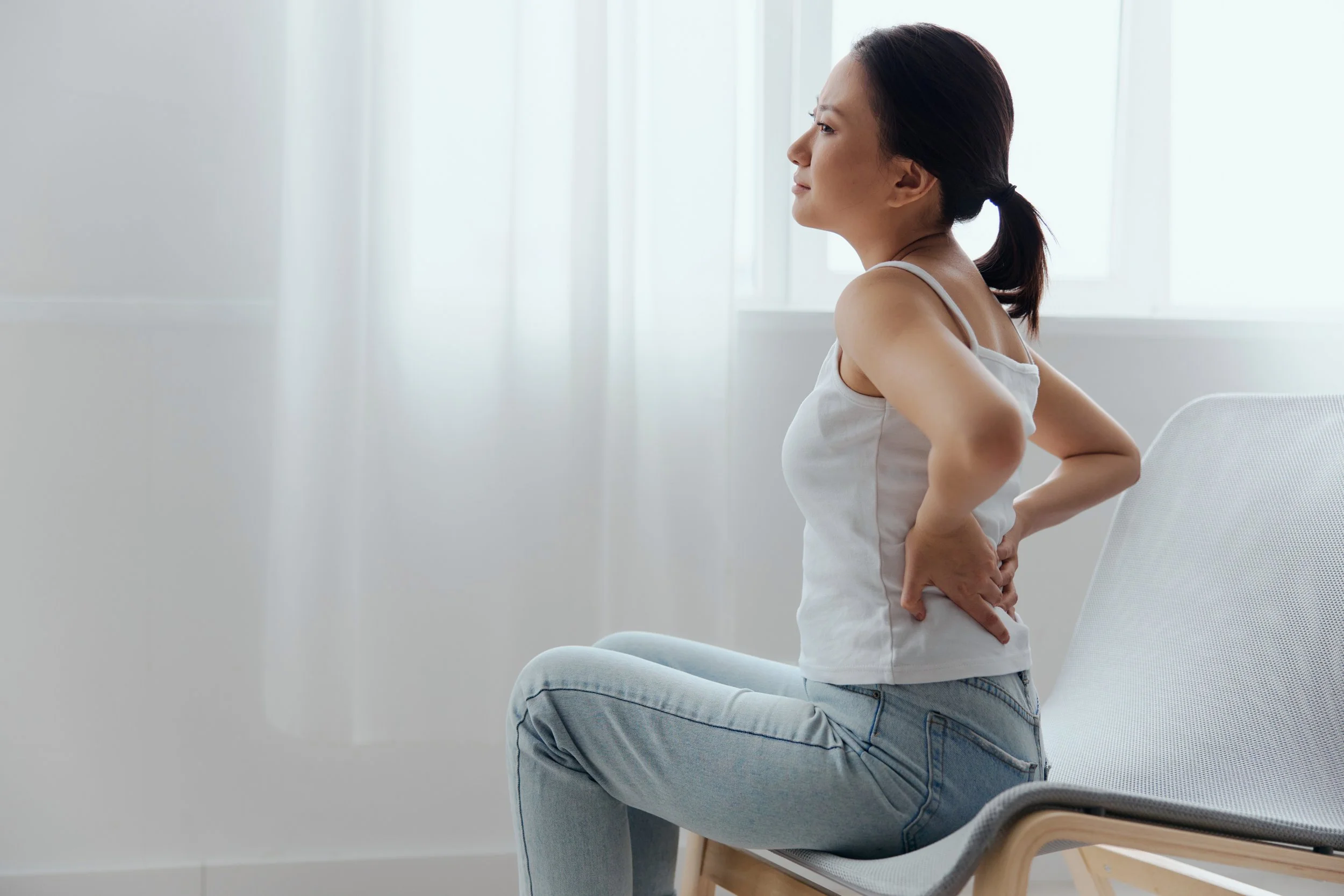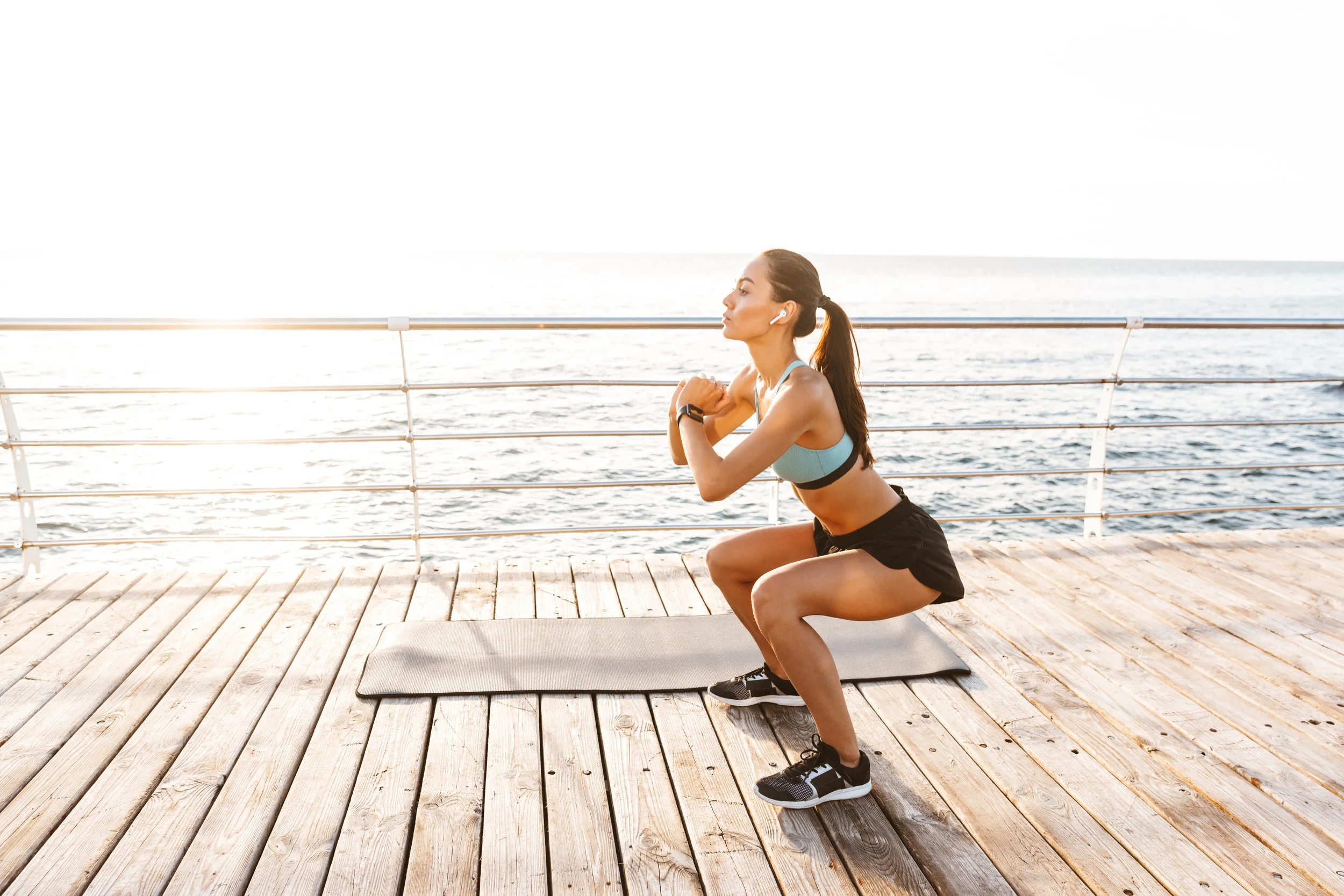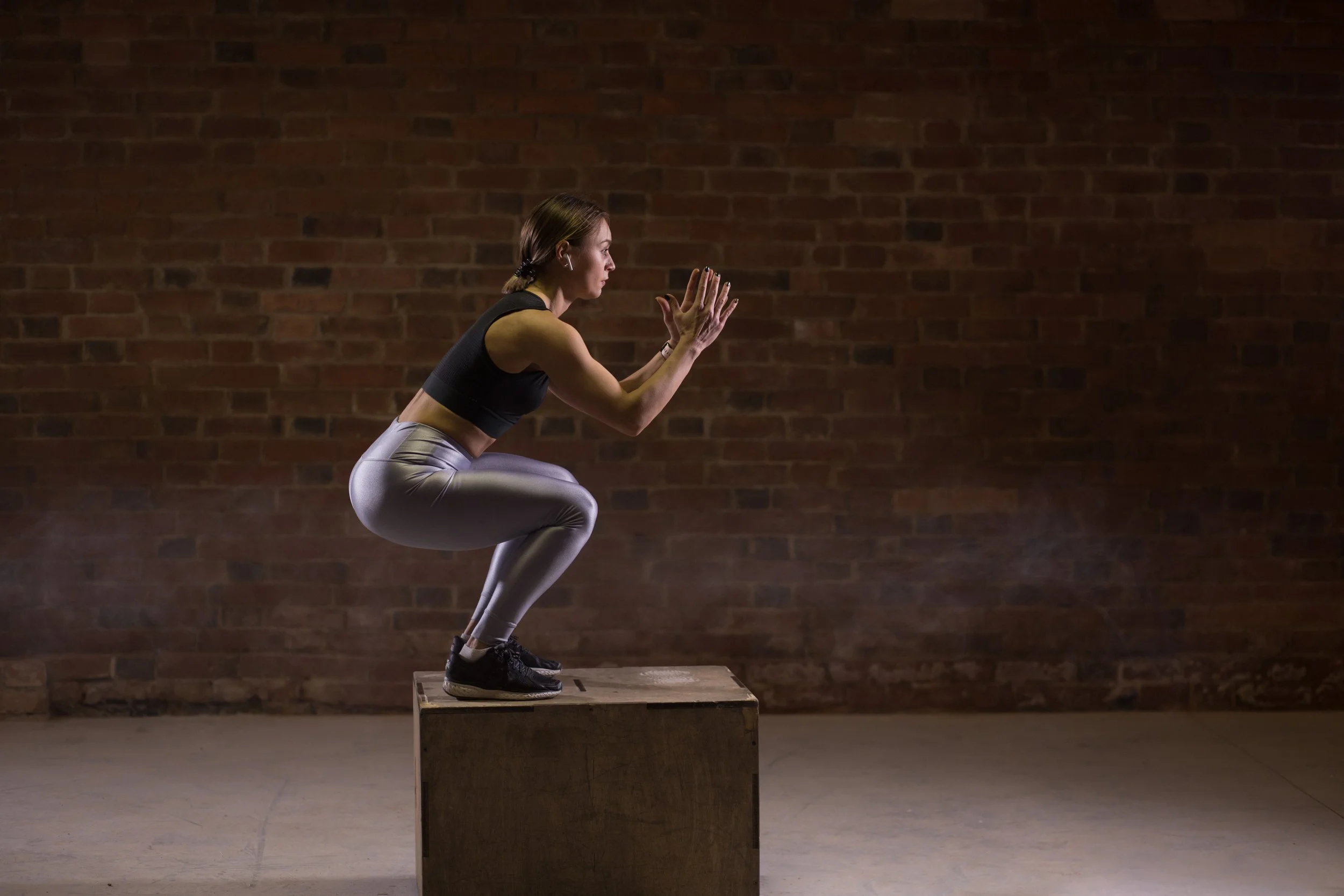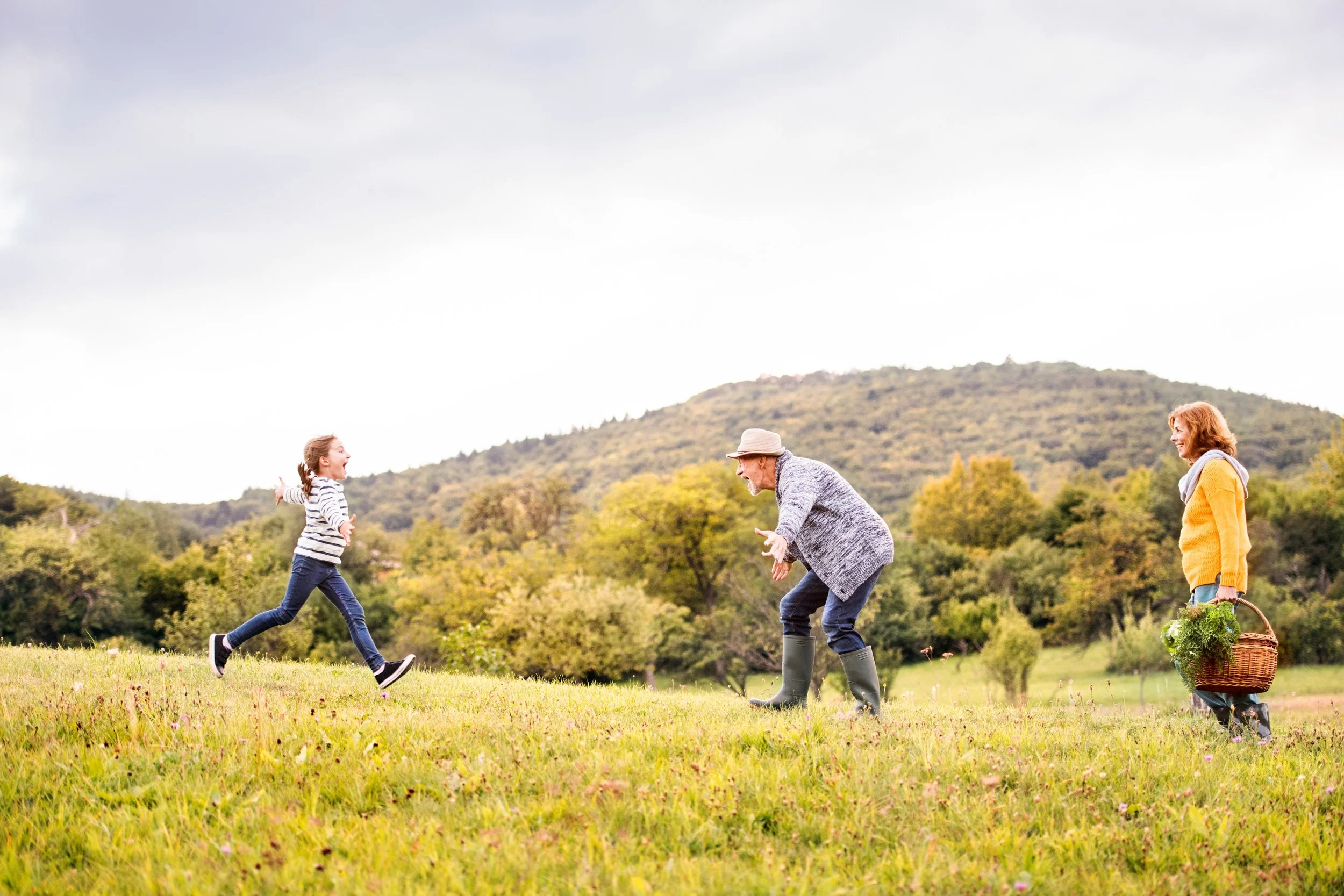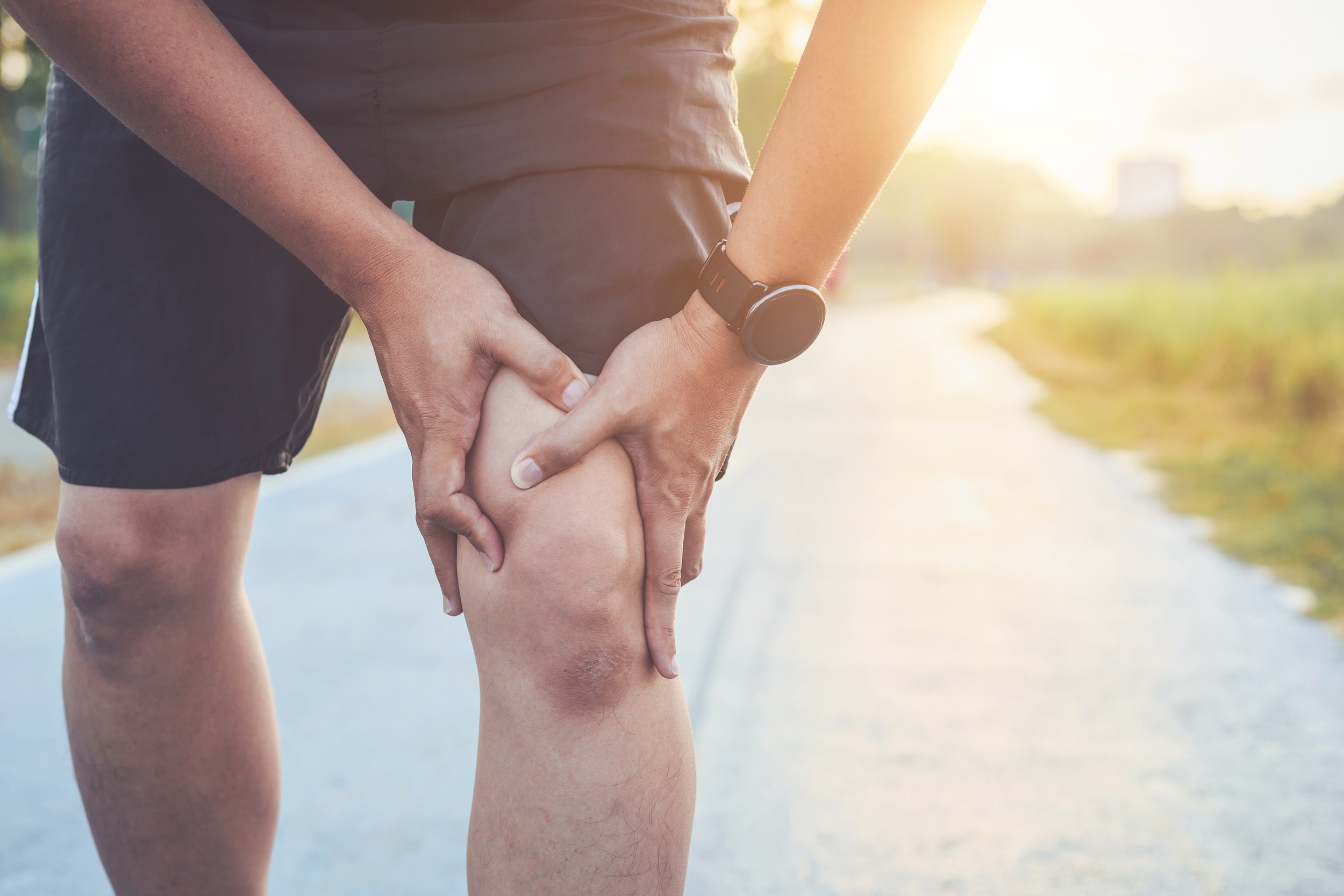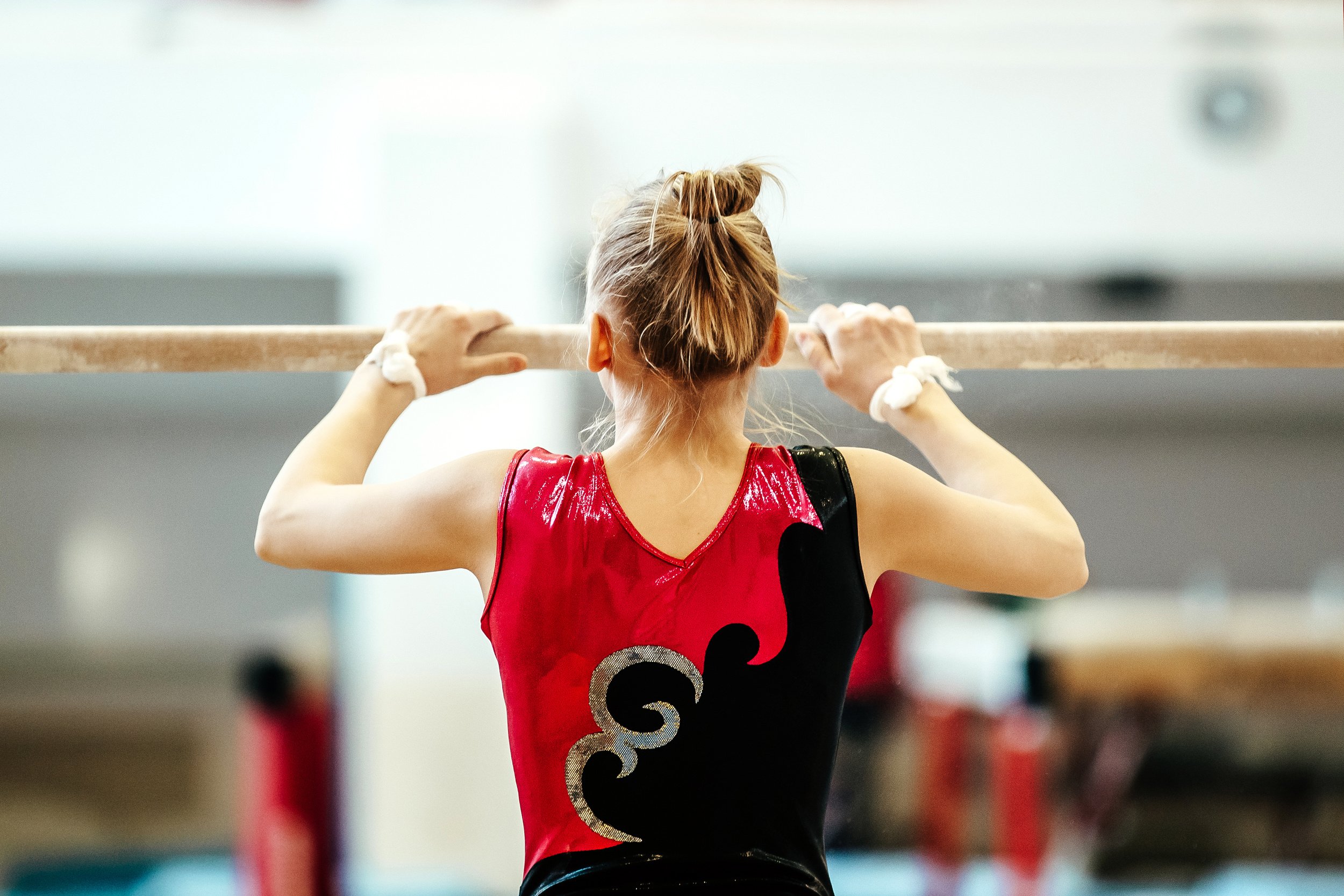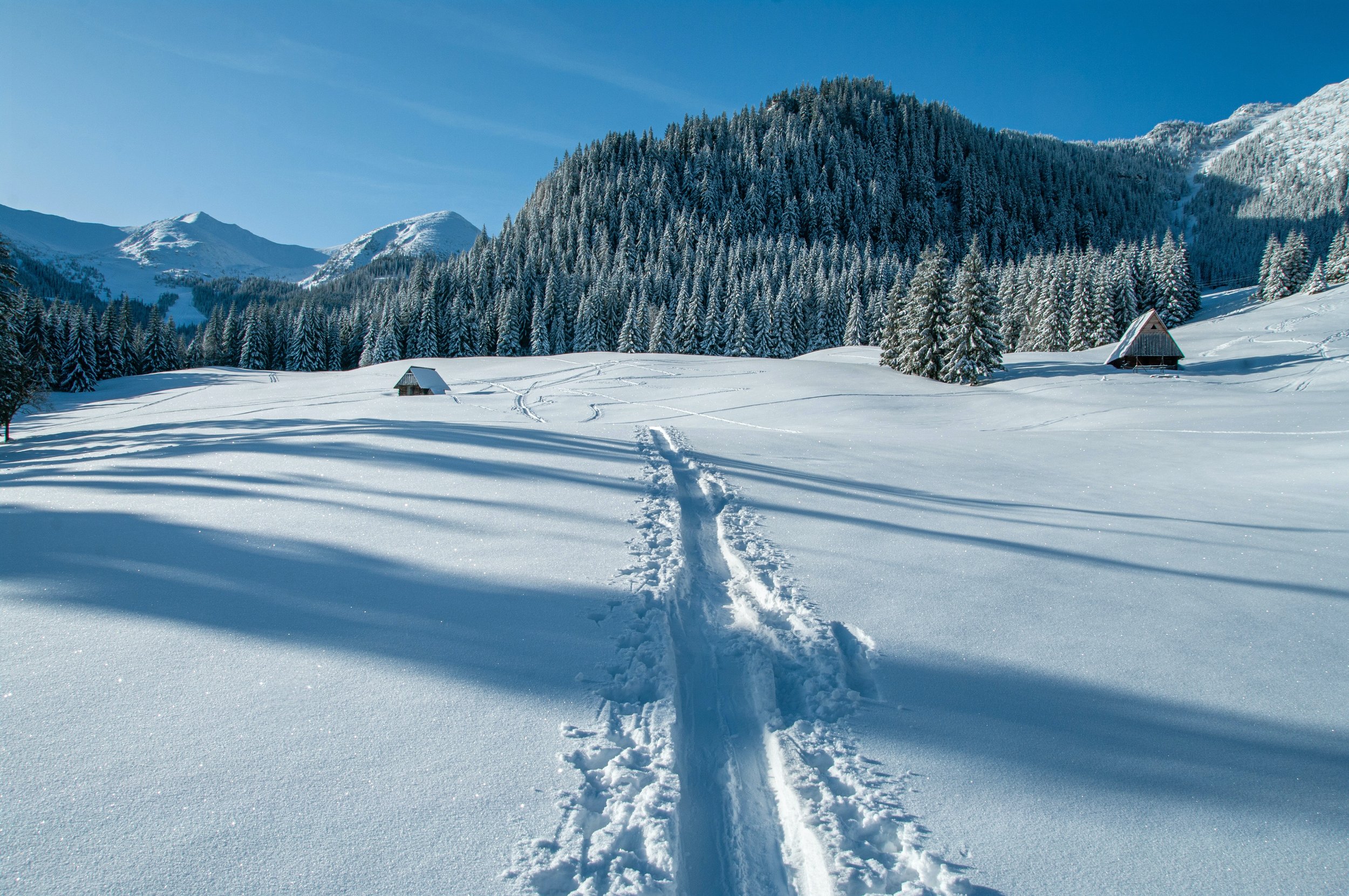As the mornings are getting longer and Lake Washington is getting calmer, it’s the perfect time to start training for our summer water sports! As a water sports enthusiast in the Pacific Northwest, it can be hard to keep on top of training for water skiing and wakeboarding in the winter, but it is not too late to get yourself summer ready. Although waterskiing is my summer sport of choice, many of these tips can apply to wakeboarding and wake skating as well.
Importance of pre-season training
The most common injuries while water skiing are lower extremity sprains and strains. This is often hamstrings, glutes, or low back, but ankle sprains can also occur following a fall if your ski is pulled off your foot.1 I also see injuries to the shoulders and upper back, frequently due to poor conditioning and training. While accidents happen, sprains, strains, and post-exercise soreness can often be prevented with appropriate conditioning and sport specific training.

